If you have a mid-year Ironman race, there is no better time to start building your routine for the long Ironman training ahead. This is the base period, and if you are an intermediate athlete, and have not lost much fitness in the off-season, this phase will allow you to immediately jump in a formal structured training plan. For intermediate athletes who have been doing this for years and have several ironman finishes on their resume, it is important not to start early and immediately build it up, to prevent an early peak and burnout prior to your A race.
In contrast, if you are an ironman newbie, it is imperative to train the body first before jumping to the formal 20-week ironman training ahead. That means a 8-12 weeks of basic training that will serve as a foundation in developing the motor skills needed in building up in intensity in later phases of the training.
Since more than 50% of your ironman training will be spent on the saddle, we will give out 3 key bike workouts in this building-a-routine phase of the 20-week ironman training plan. The repetitive nature of this period will teach your body to acquire the motor skills and improved strength that you will definitely need in the build stage of the program. The following workouts will be your staple for the 1st 4 weeks of your base period or Building-A-Routine part of your Bike Leg ironman training:
1. Bike Power Intervals
On stationary bike, do:
20min easy warm up
Full session: 20x POWER Intervals [1min at 40-50 cadence HARD RESISTANCE / with 1min VERY EASY recovery]
Cooldown: 10min EASY
Tip: Make each effort ALL OUT against VERY HIGH resistance! The cadence should be low (40-50 rpm per leg per minute) because you can’t push any harder because the resistance is so high! We are aiming for rubbery legs.
Note: Build up to the full session: On your 1st week, start with 5x interval. By the 4th week you should be able to do the full session. You can also do this interval set on a steep hill, seated on your bike with a very gentle touch of the brakes to stop forward momentum. This session works your cycling-specific strength without stressing your aerobic system too hard – so it’s important that you make each effort count! If you find your knees are sore after this, raise your bike seat slightly and ensure you use ice (see http://www.ironguides.net/all-about-ice/) and keep your muscles loose between sessions with gentle stretching and easy self-massage or a treatment from a masseur.
2. Weekly Time Trial Effort
60min on road or stationary, as:
20min easy w/u
Main Set:
WEEK 1: 60min easy cycling on stationary or outside
WEEK 2: 75min moderate cycling on stationary or outside
WEEK 3: 6x [3min FAST / 2min easy]
WEEK 4: 6x [5min FAST / 1min easy] •
Ride in Heavy Gear, cadence 70-80 • Easy gear for VERY EASY
Recovery 20min easy cooldown
Tip: You will build this, the week’s only high-intensity session on the bike, into a weekly Time Trial effort. When it says ride Fast – make it count!!! This is your only opportunity all week to push a hard time trial effort. You can ride this on a stationary or on the road, but try to hit a known, measured course that you can test yourself on once every 3-4 weeks after Week 4.
3. Long Bike
WEEK 1: 120-180min easy and flat
WEEK 2: 120-180min easy and flat
WEEK 3: 180min as 120min easy / 60min moderate
WEEK 4: 190min as 90min easy / 90min moderate
Tip: Push a bigger gear and keep your muscle tension high – but not maxed out! Aim for cadence around 70-80 – this will mean pushing quite hard at times.
This bike workouts if done in the first month of your ironman training will adapt your body and help you cope with the more demanding phase of the plan. The key tip here is to build it slowly. If you missed a workout, no need to make it up or add to the next work-out.
Enjoy your training!



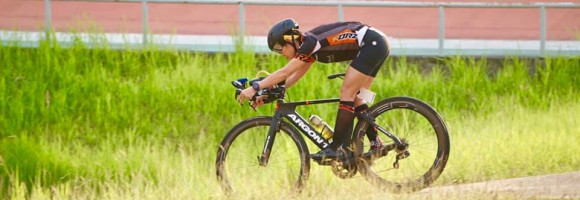
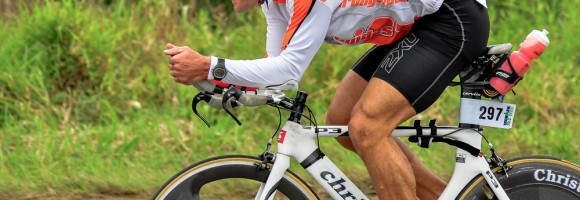

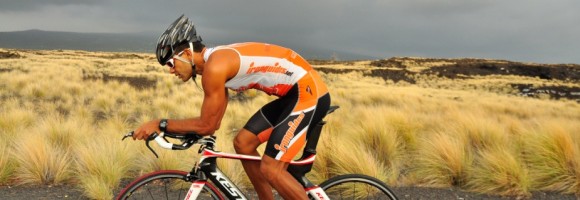

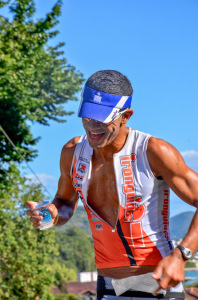


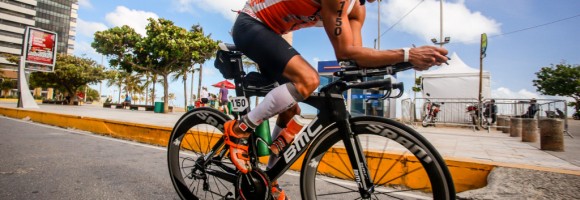
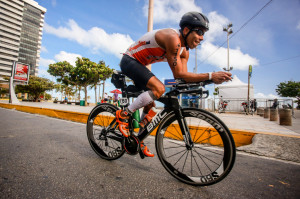








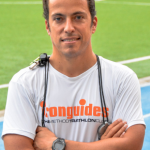
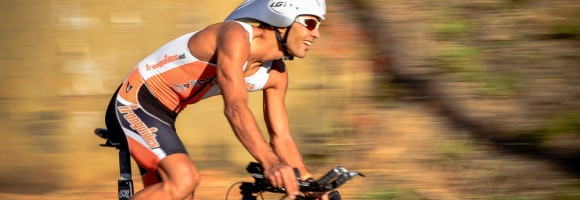
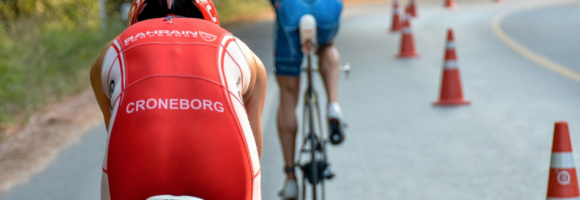
Recent Comments